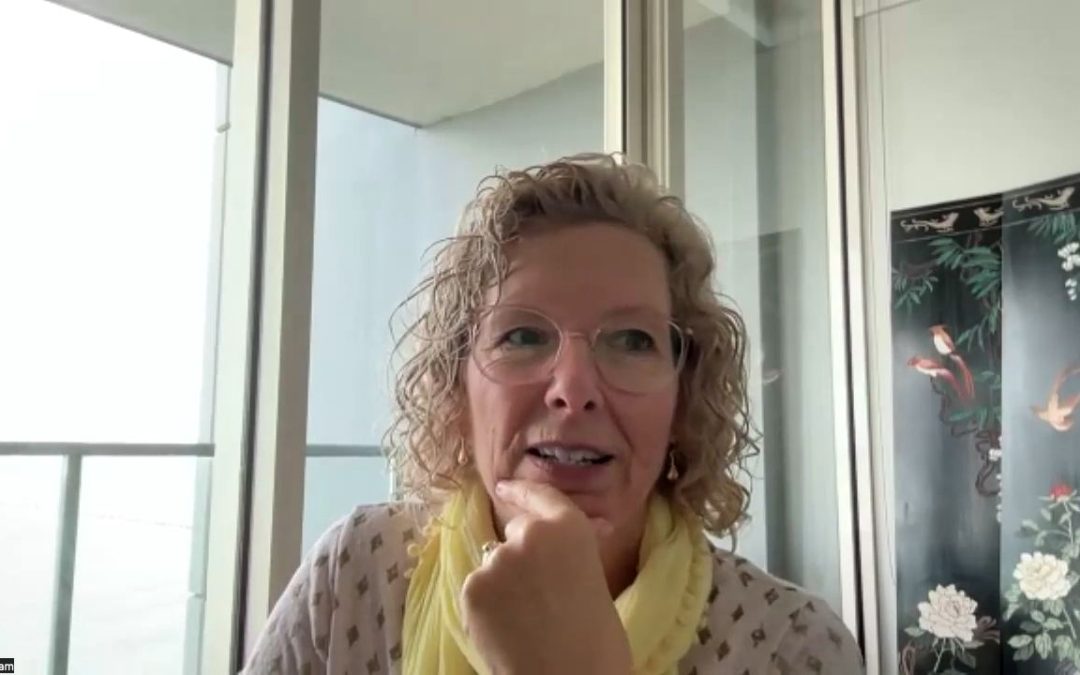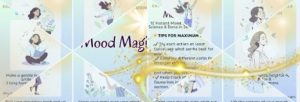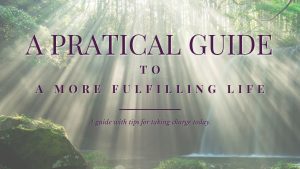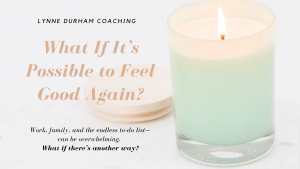Relaxed & Ready: A Guide to Achieving Balance and Relaxation in Daily Life
Welcome to this transformative journey of discovering how relaxation can fuel your readiness to tackle life’s challenges.
Imagine, for a moment, what life would be like if you could find balance in your busy schedule—what would that feel like? Take a breath and envision a relaxed and ready version of yourself. This blog post is a detailed walkthrough of Lynne Durham’s workshop aimed at helping you achieve exactly that.
Introducing the Relaxed & Ready Mindset Method
This blog is the basis of The Rested & Ready Mindset Workshop. The workshop and workbook are designed to help you set and achieve your intention—what would make you a more relaxed and ready version of yourself.
Setting Intentions
Setting intentions is crucial as it guides our brains to focus on what we truly want. By clearly defining our intention for relaxation and readiness, we condition our minds to seek and realize these goals.
Why Relaxation is Key to Readiness
Lynne explains that the state of being relaxed helps us be more ready. When we’re relaxed, we confront new challenges from a balanced standpoint rather than from a place of stress.
Meet Lynne Durham
Lynne Durham has been a life coach for over seven years. She specialises in understanding how the brain functions and how changing its pathways can lead to new behaviours. She aims to share this knowledge through various relaxation techniques, helping you transform your brain’s pathways for a more relaxed state.
The Role of Dopamine
Dopamine, the brain’s feel-good chemical, loves variety. That’s why different tools and methods can be beneficial. Lynne has created a system to keep this in mind, ensuring that multiple tools are available to suit different needs and moments.
A Client’s Success Story
One of Lynne’s clients, Jessica, transformed her life by applying these tools. Initially stressed as an estate agent, Jessica improved her career and her personal life, highlighting the transformative power of these techniques.

Introducing the Relaxed and Ready Toolkit
The Relaxed and Ready Toolkit includes a summary of stress and relaxation tools, a course with additional resources like meditation and sleep workshops, and various planners and trackers to help you stay on track.
Protocol 1: Slow It Down
Our first protocol is about slowing down the chatter in your mind. If you’re ever swamped with racing thoughts, just become aware of them. Notice the urgency in statements like “I need to answer that now” and take a deep breath and slow it down. Repeat this process, slowing down even more each time until the pressure alleviates.
Protocol 2: Emotional Freedom Technique (EFT) for Relaxation
EFT, or tapping, is a popular method for deregulating the nervous system. Lynne uses the faster version of EFT, involving five tapping points:
- Top of the head 2. Between the eyes 3. Side of the eyes 4. Under the eyes 5. On the chest
The process involves focusing on a stressful thought, rating it on a scale of one to ten, and tapping on the points while repeating, “I release and let go,” three Times. Then, rating the stressor again to see how you have affected it.
Protocol 3: Self-Hypnosis Template
This protocol involves a simple yet effective countdown and visualisation technique. Imagine yourself at the top of a staircase with ten steps leading down to a warm, inviting space. As you count each step-down, let a wave of relaxation wash over you. Once you reach the bottom, visualize a relaxed and ready version of yourself on a screen, then step into that version.
Use for Better Sleep
This template is also excellent for improving sleep. Practising it before bed can help you wind down and set the stage for a restful night’s sleep.
Three Additional Relaxation Methods
Alpha Breathing
Focusing on deep breaths into your belly and exhaling for twice as long can activate your vagus nerve, promoting relaxation.
Peripheral Vision
Triggering peripheral vision is another relaxation technique. Without moving your eyes, become aware of what’s around you, noticing everything in the periphery to shift your focus from stress.
Relaxing the Back of Your Tongue
As you breathe out, focus on relaxing the back of your tongue. This sends a signal to your brain that there’s no need for immediate action, helping you relax.
Creating Your 30-Day Plan
Step 1: Design Your Container
Decide what your 30-day plan will look like. Whether using the daily ready meter, incorporating relaxation tools daily, or following specific protocols, design a manageable and effective plan.
Step 2: Plan Ahead
Decide on your check-in times and set reminders. This planning will ensure that you stay on track and make steady progress.
Step 3: Future Pace
Visualise how your life will change when you’re more relaxed and ready. Whether it’s snapping less at your partner or being more receptive at work, imagining these changes can set your brain’s GPS in motion.
Tracking Your Progress
Use the 30-day tracker to monitor your progress. Rate yourself daily on how relaxed and ready you feel, making adjustments as needed.
Real-Life Applications
Another client, Melinda, used these tools to de-stress and resolve a significant incident. The methods helped her separate herself from the stressor and gain a new perspective, ensuring her safety and giving her options.
Conclusion
By incorporating these relaxation techniques into your daily routine, you take control of your stress instead of letting it control you. Remember, it’s about finding what works for you and sticking with it. Everyone deserves to live a relaxed, balanced life.
Feel free to reach out if you have any questions or need further assistance. Happy relaxing!
Explore More Resources:
- Relaxed and Ready Toolkit Includes the complete workshop, workbook and tools, and the sleep workshop.
- Optional: If you’re interested in Lynne’s sleep workshop, you can find more information at lynnelife.com/sleep.







